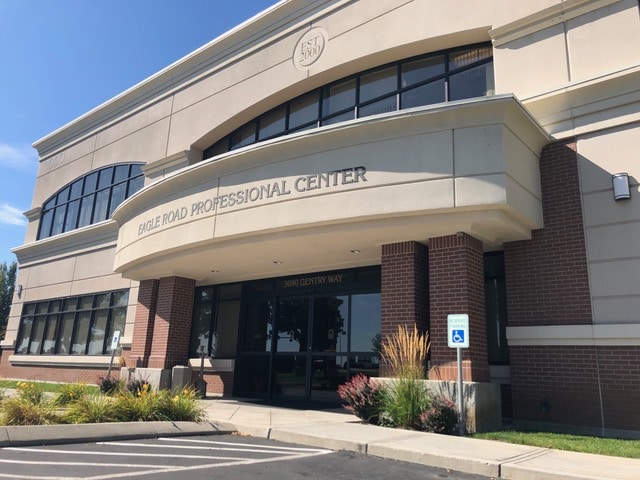Lower Body Lift
Have you lost a significant amount of weight from diet and exercise or weight loss surgery? If so, you should be congratulated, as this is a significant life-changing event. But for many patients, they feel that their journey is incomplete. For patients that have a good deal of excess skin throughout the abdomen, hips and buttocks, a lower body lift may be the procedure best fitted for you. This is a procedure that most commonly is performed in patients who have lost a significant amount of weight (see body contouring after weight loss). This can be a powerful procedure for many patients in their process to complete their weight loss journey. During your consultation with Dr. Jarrell, you can discuss your goals and concerns and based on his clinical evaluation, a treatment plan can be devised to help you safetly attain your goals.
What is a lower body lift?
The procedure may also be known as a “belt lipectomy” or circumferential abdominoplasty or lift. It removes excess skin and fat from the abdomen, hips, outer thighs and buttock areas.
The procedure can address many areas of concern including:
-abdominal area
-pubic area
-flanks
-lower back
-buttock
In some cases, one surgery may be considered to address the concerns. In others, this may require a staged approach with more than one surgery to address all areas.
Who is a candidate for lower body lift surgery?
Keep in mind that this is a major surgical procedure. In general body lift candidates include:
-Healthy individuals without medical conditions that impair healing or increase risk of surgery
-Individuals with significant soft tissue and laxity in the abdomen, flanks, back, buttocks and outer thighs
-Individuals with realistic goals for the procedure
-Non-smokers
-Individuals who are committed to leading a healthy lifestyle with appropriate diet, nutrition and level of fitness
Keep in mind, this is not a weight loss or weight reduction procedure so patients should be at or close to their ideal body weight.
How is the procedure performed?
In most cases, the procedure involves using incisions in the lower abdomen around areas normally covered by undergarments. As opposed to a typical abdominoplasty, the incision is usually continued around the entire lower trunk circumferentially, extending to the upper buttock area on the back. Occasionally, or alternatively, depending on the treatment plan you discuss and decide with Dr. Jarrell incisions may be placed in an upside down T fashion on the front abdomen which can address many concerns here in both the vertical and horizontal components of your abdomen. After the tissues are elevated, deep structures may be tightened with sutures, especially along the front abdominal wall. The incisions are closed in multiple layers after drains are placed in the space from which the tissue was removed. In some circumstances, Dr. Jarrell may recommend liposuction be added to the procedure or at a later procedure in order to address some of the areas of concern. Dressings are placed around your incisions which are held in place by a compression garment.
THE INCISIONS
THE CLOSURE
This procedure is performed under general anesthesia and may take upwards of 5-6 hours. Patients usually stay in the hospital overnight and then are discharged home where their recovery will continue under the close supervision of family or friends. You will have close, frequent follow-up with Dr. Jarrell in the early stages of your recovery process to help monitor your drains and make sure you are healing properly.
What is the recovery?
Body lift is a major surgical procedure and it should be expected that full recovery can take at least 6-8 weeks before you are getting back to your regular activities including strenuous activity (exercise, yoga, sports, etc.). Most patients will need to take at least 2 weeks off from work. During this time you will probably need someone to help with daily activities. This does not mean that you remain in bed during this time as you are encouraged and expected to ambulate with frequency and carry out activities that encourage blood flow and minimize your risk of blood clots (deep vein thrombosis and pulmonary embolus) which are higher in risk for this category of surgeries.
Showering usually begins in 48 hours after surgery. Drains will need to be managed at home as they are usually in place for at least 7-14 days. Pain is typically controlled well with oral prescription pain medication. Swelling and bruising are normal early on, but begin to resolve after the first 2 weeks. You will need to continue wearing a compression garment for at least 4 weeks, and most patients find continued benefit from some type of compression beyond this to help with residual swelling. There are no dietary restrictions, but patients should avoid things that upset your stomach and should maintain a diet high in protein for wound healing.
Lower body lift results
Patients see immediate changes to their shape and figure with slimmer, tighter abdomen and improved contour and firmness to the hips, waist and buttock area. You should continue to notice improvement over the weeks and months following your surgery. The results should be long-lasting as long as you maintain a healthy lifestyle and your weight is maintained. This can be an extremely gratifying procedure for patients.


